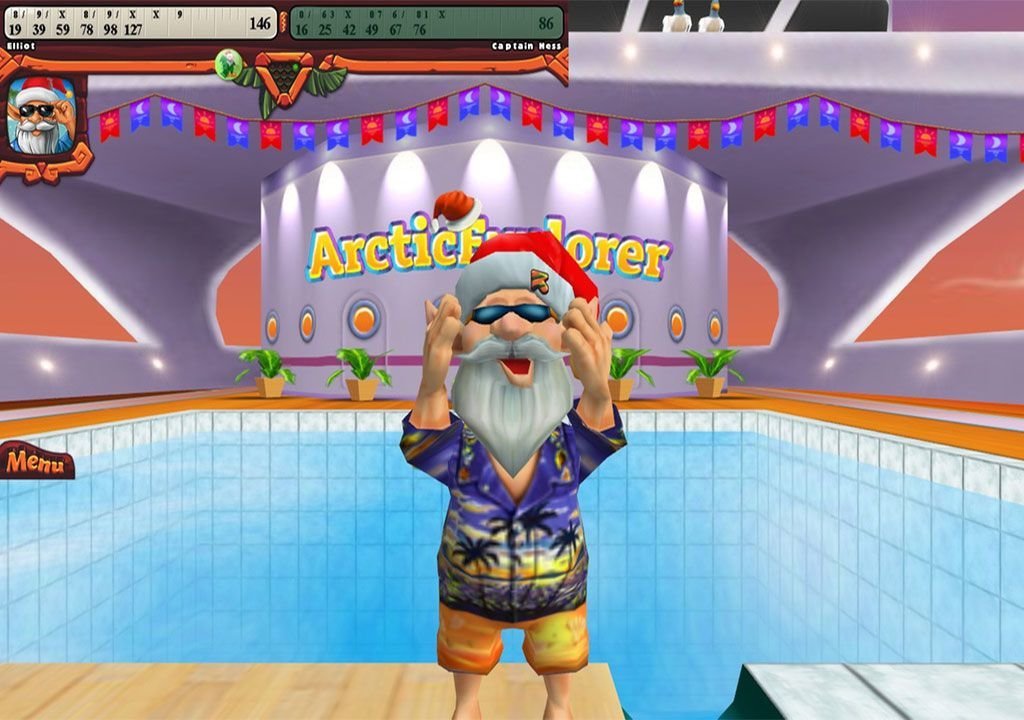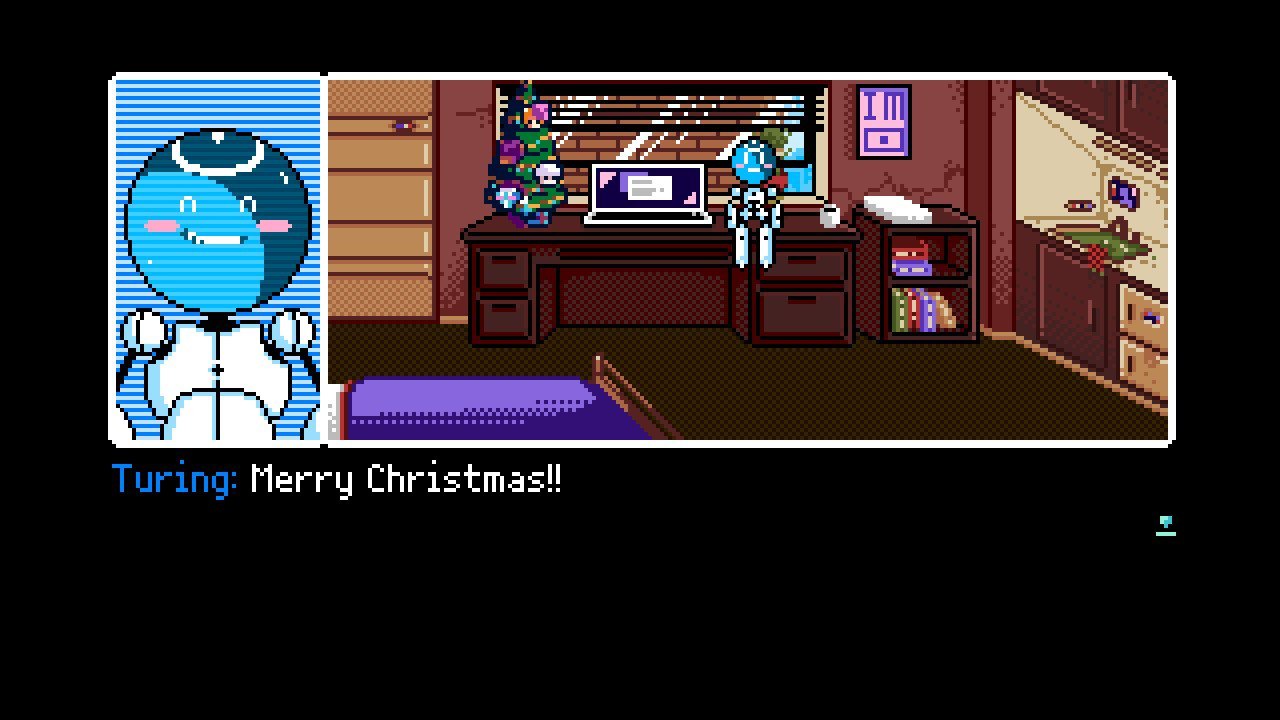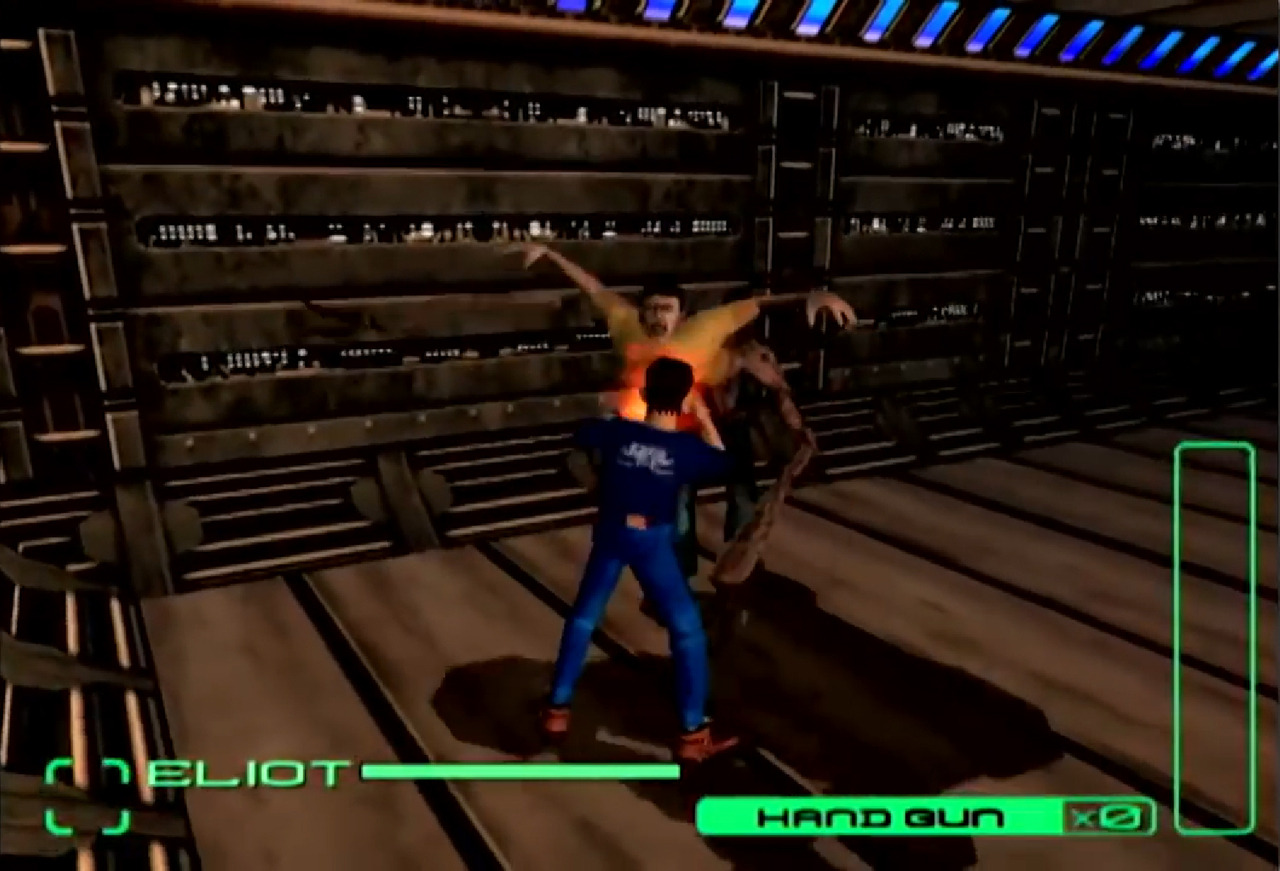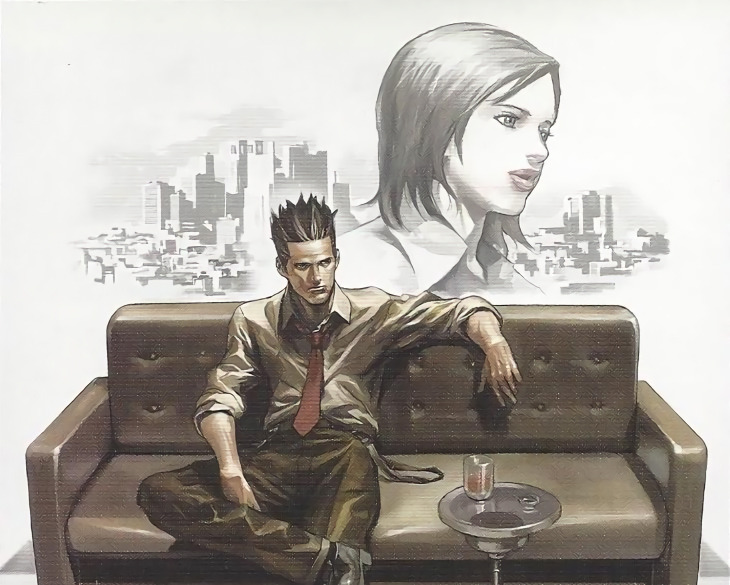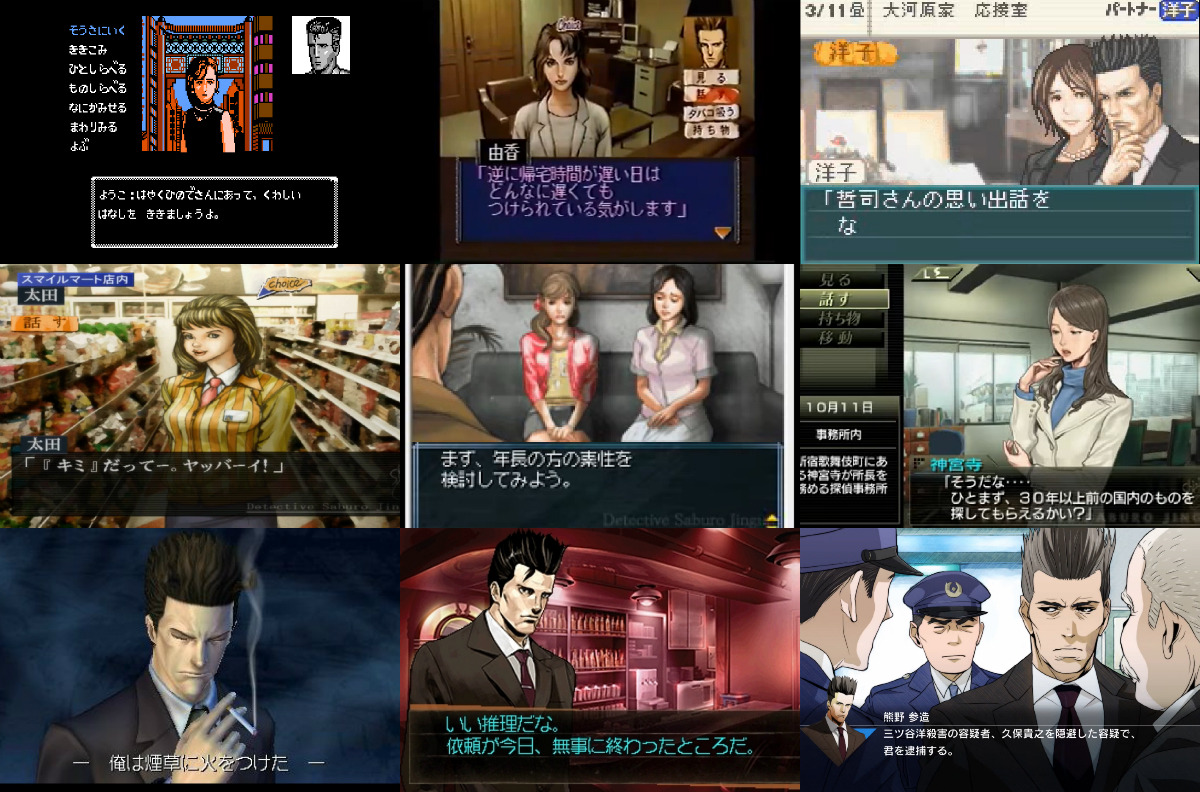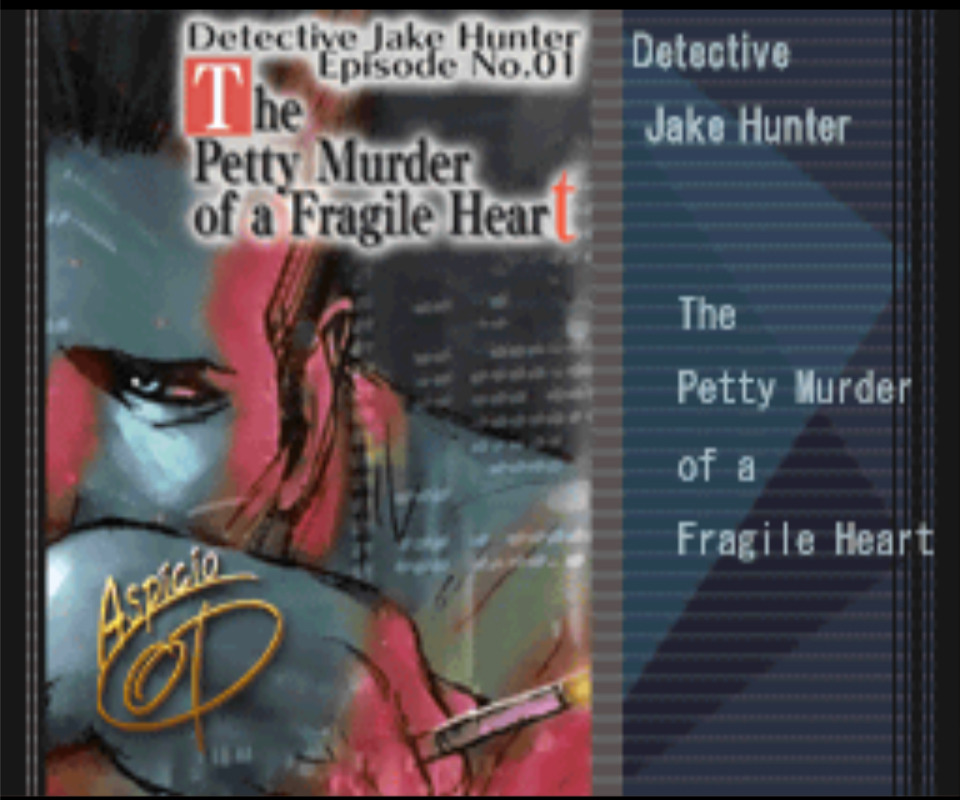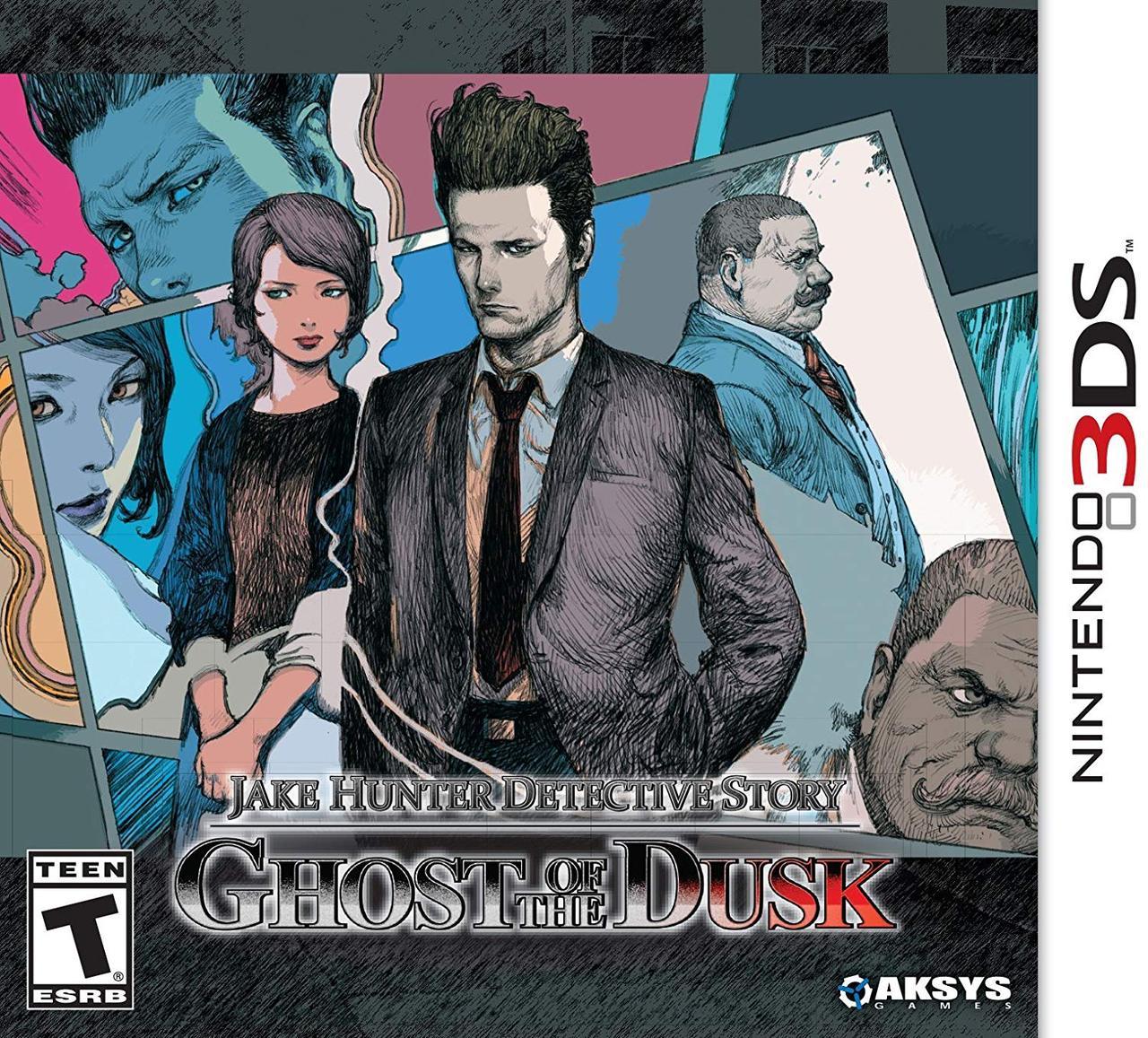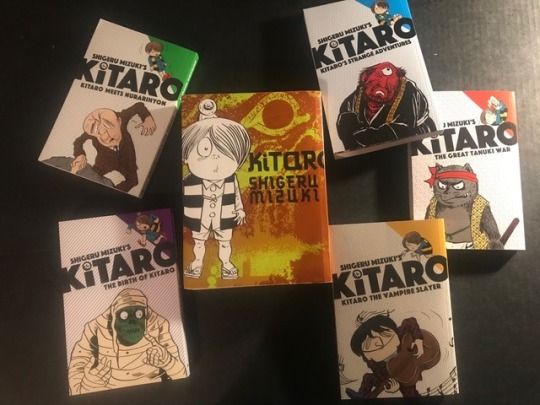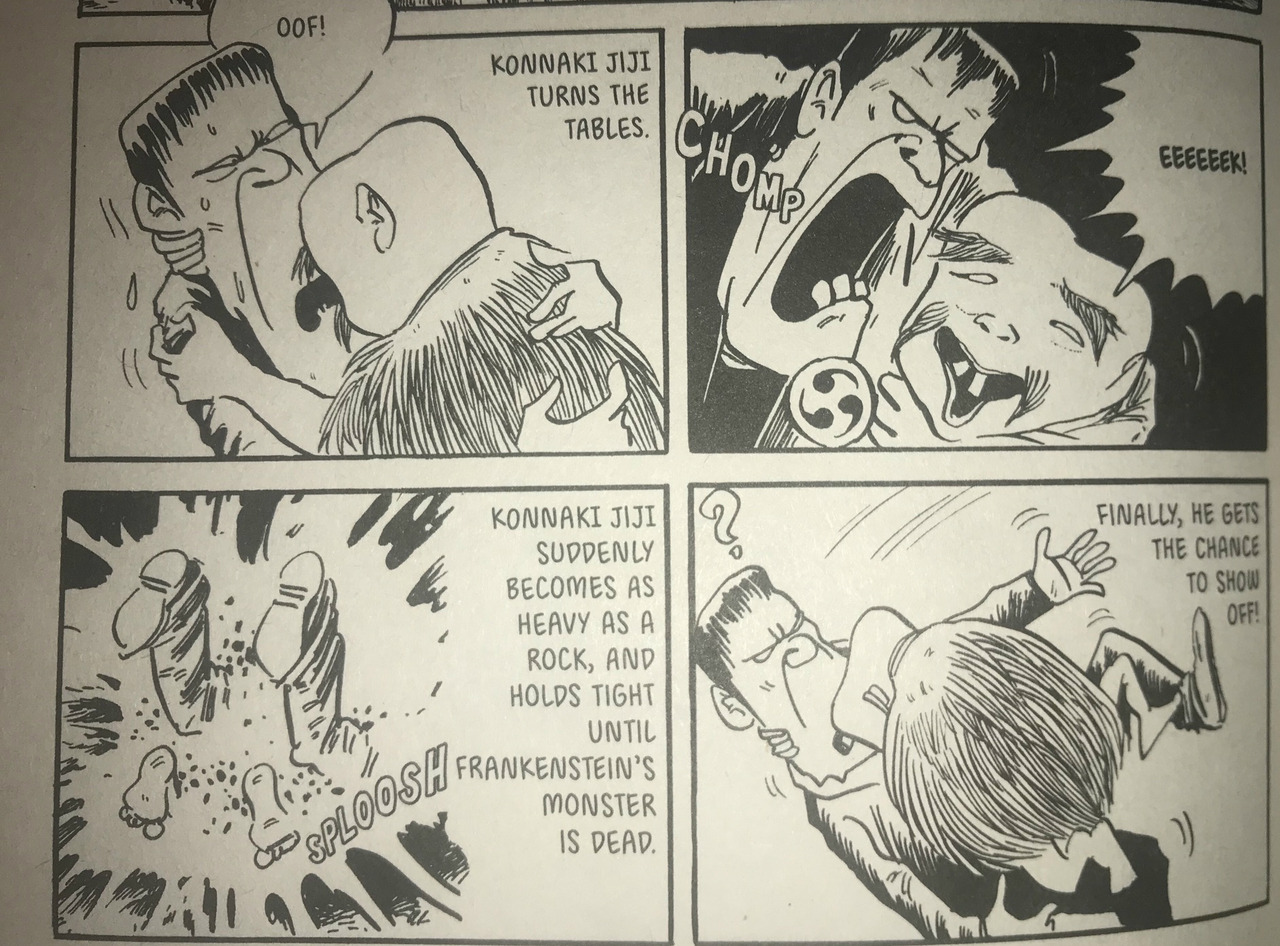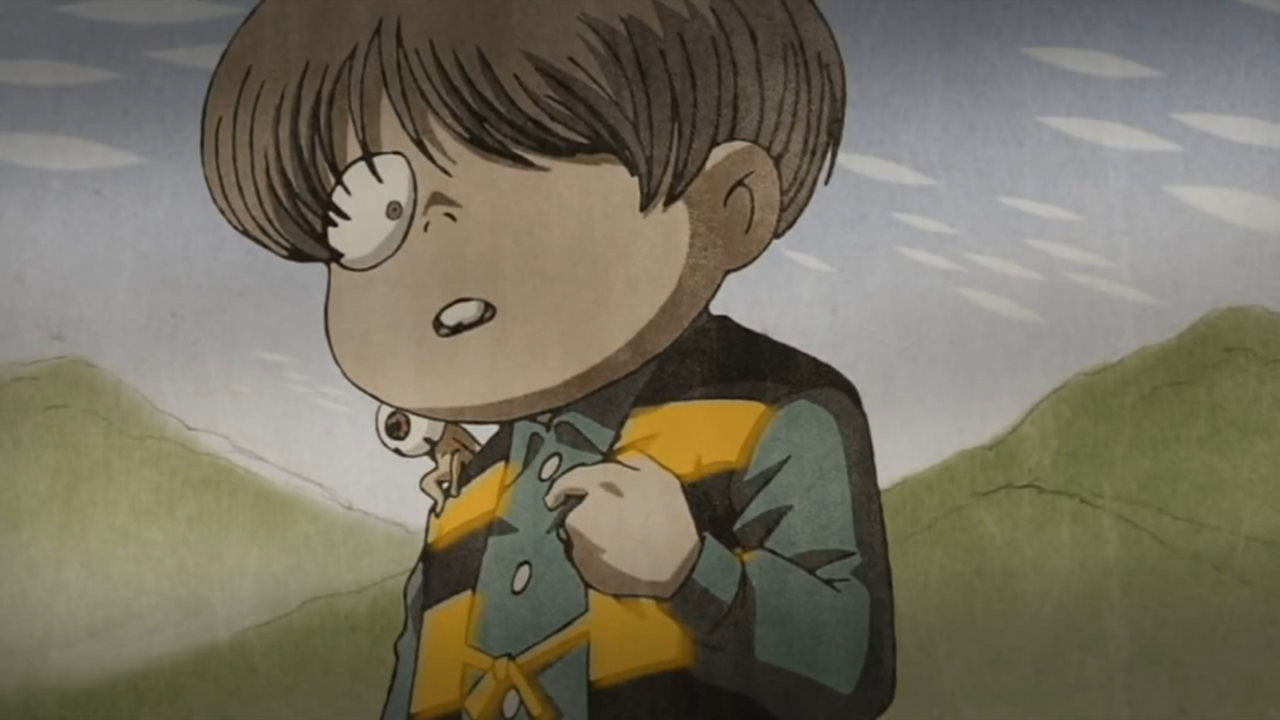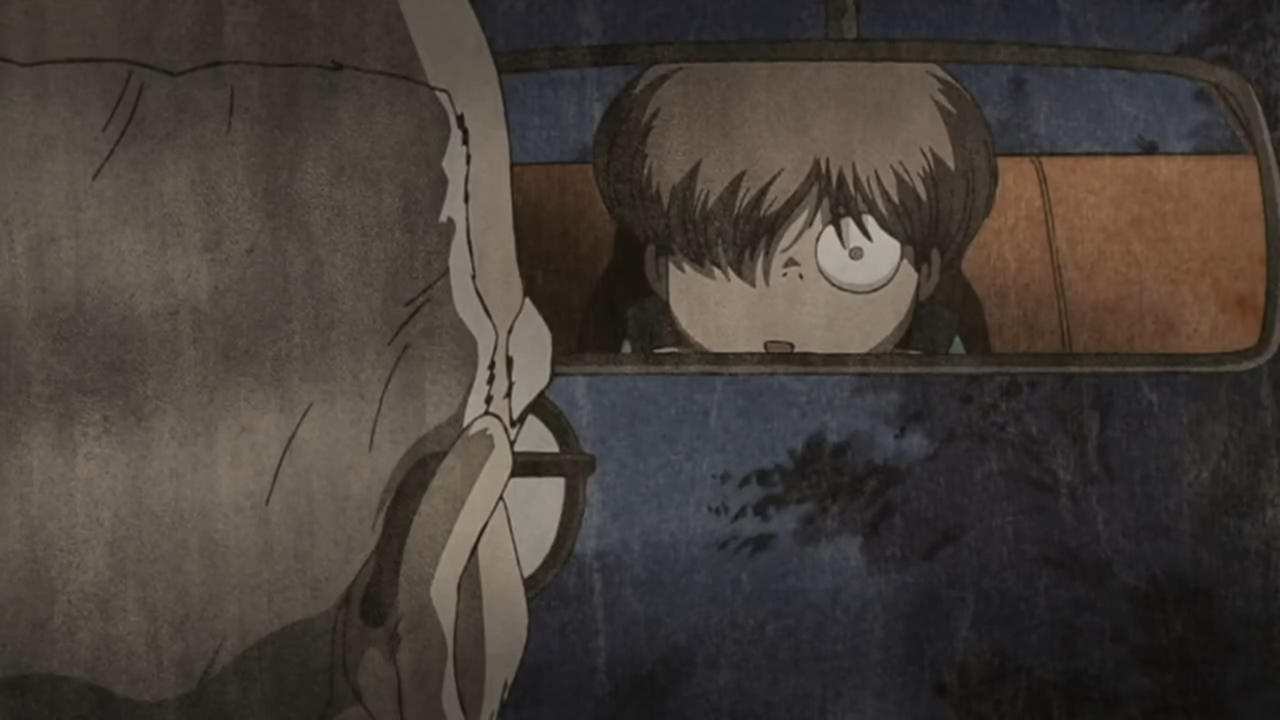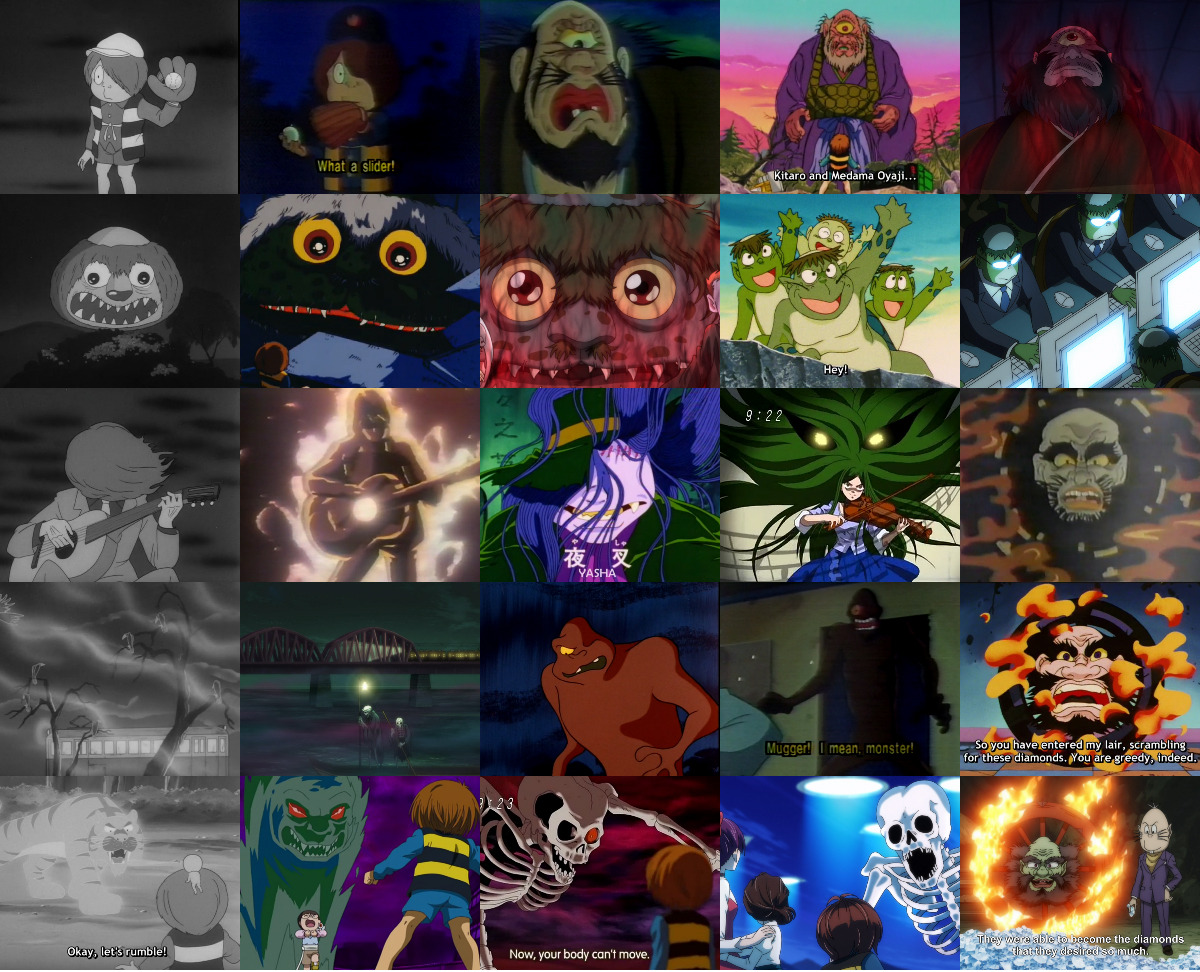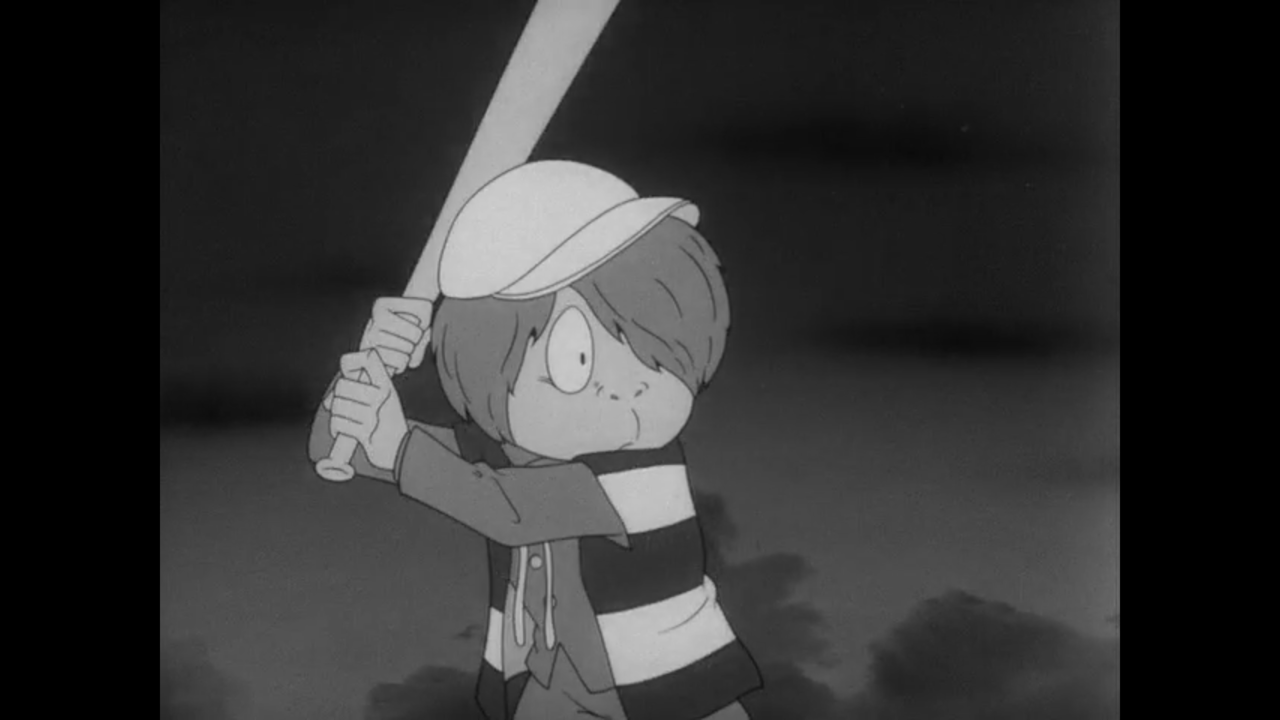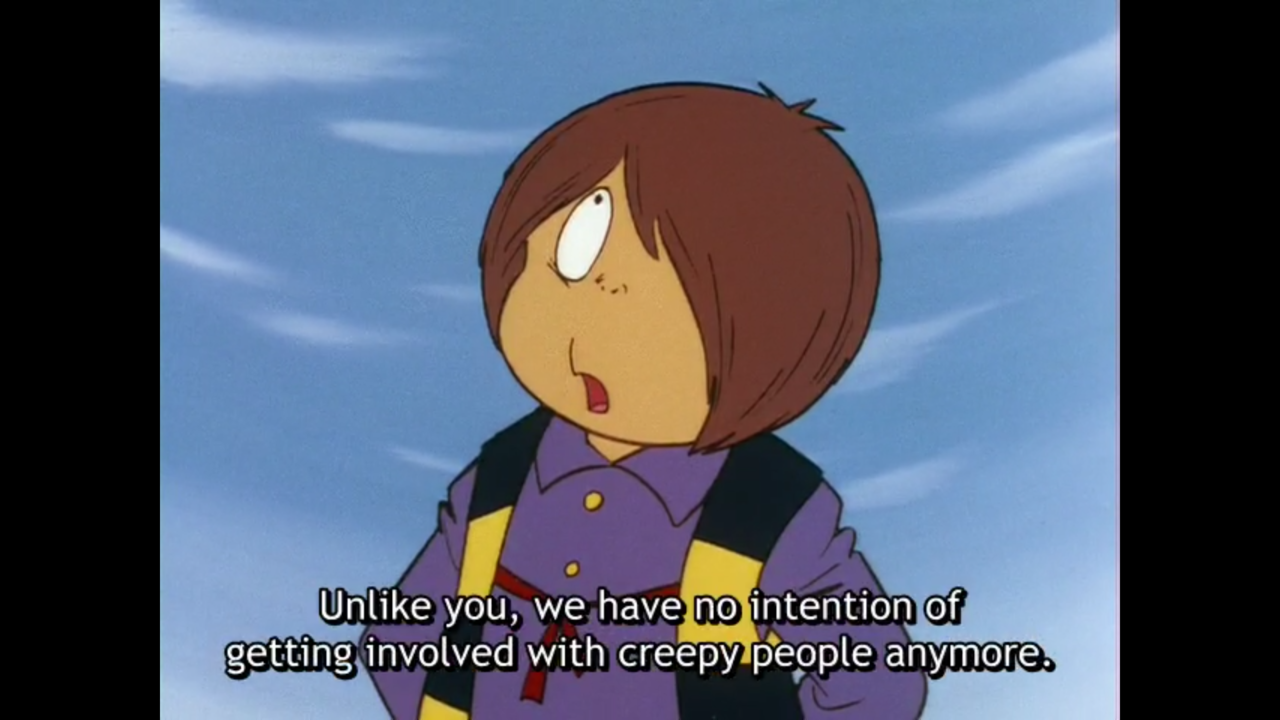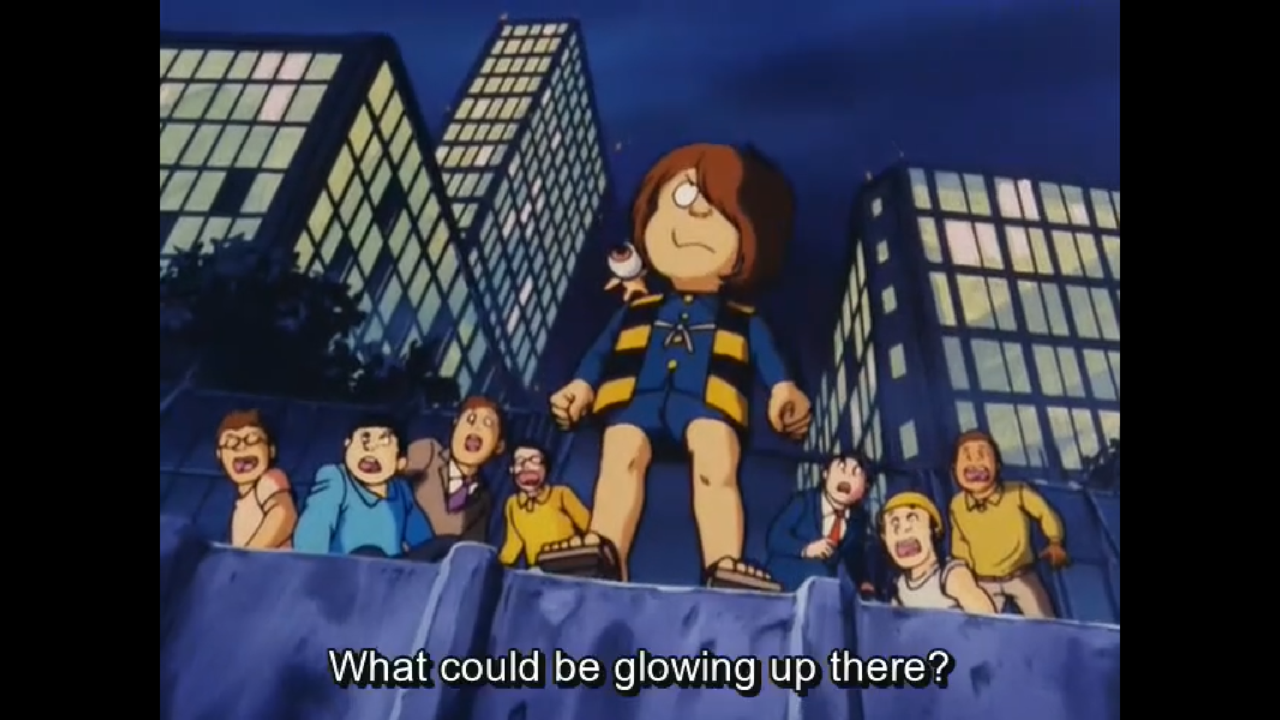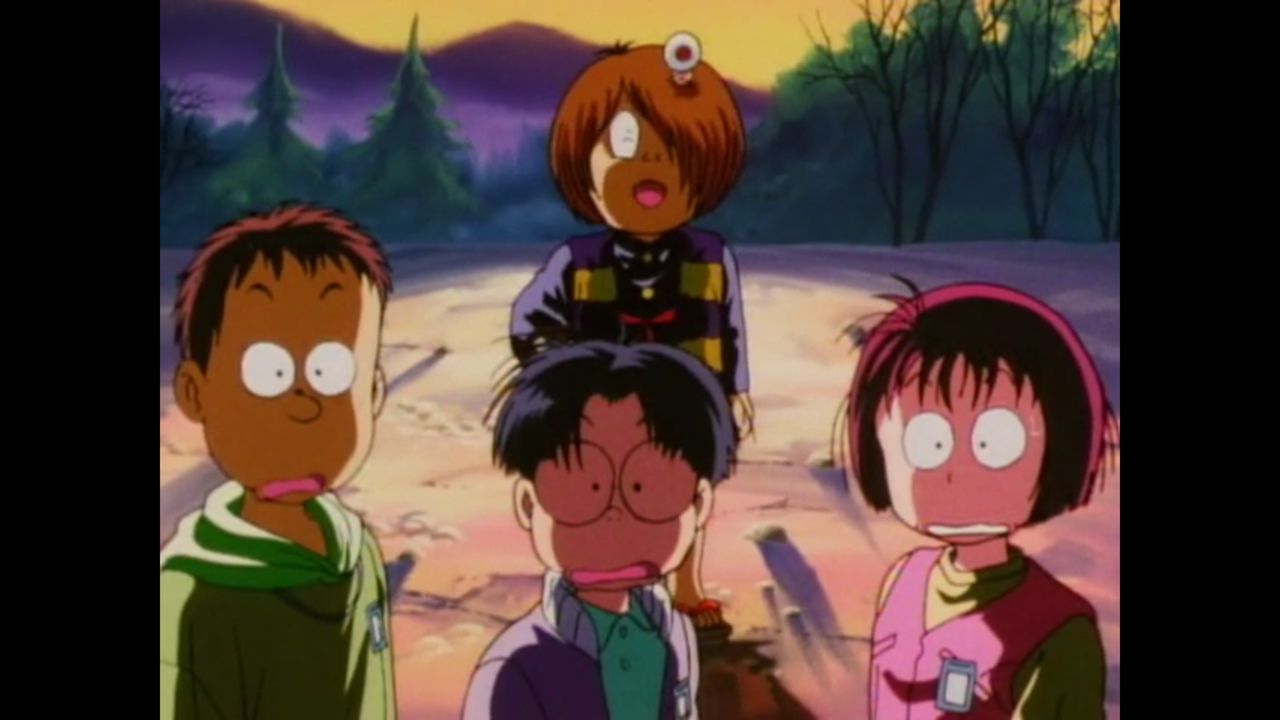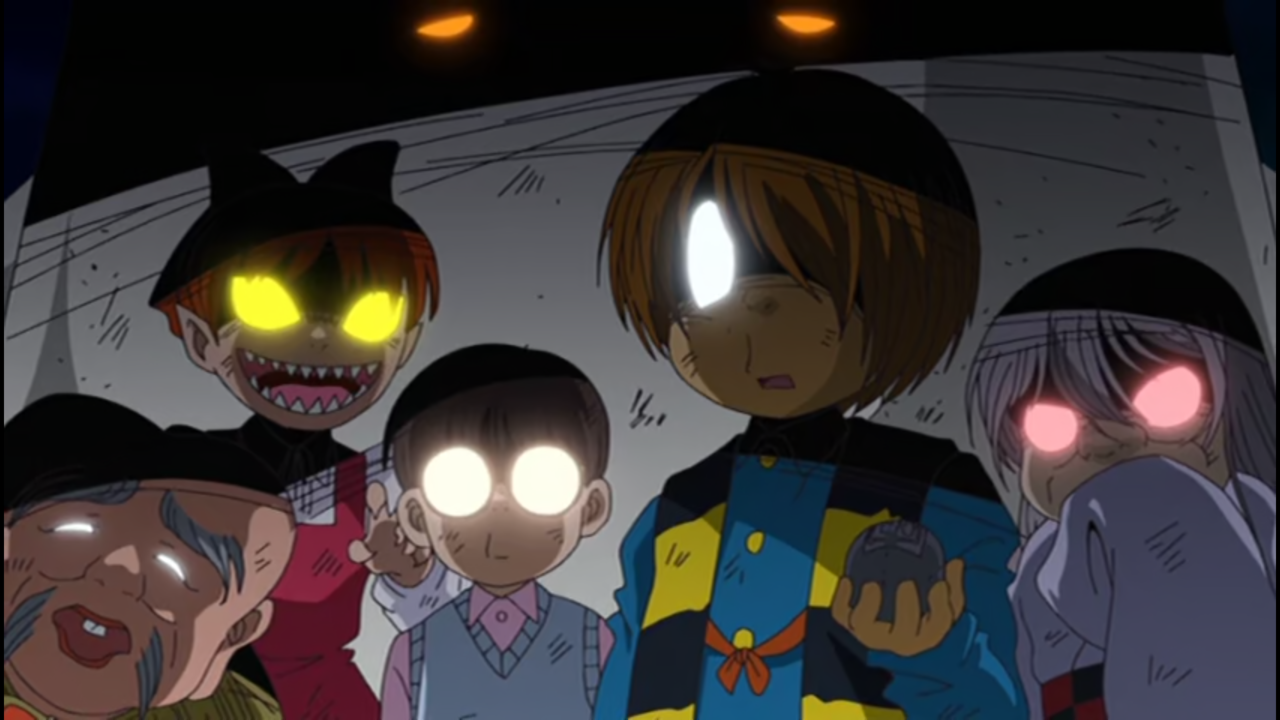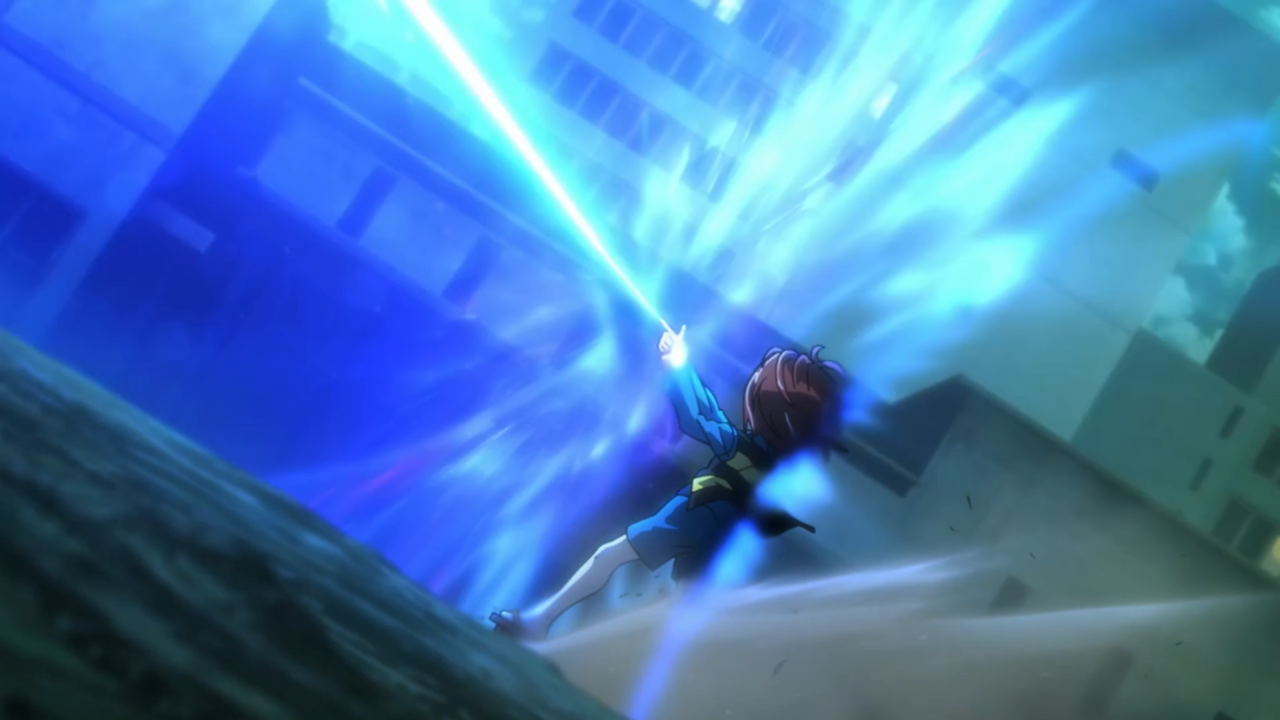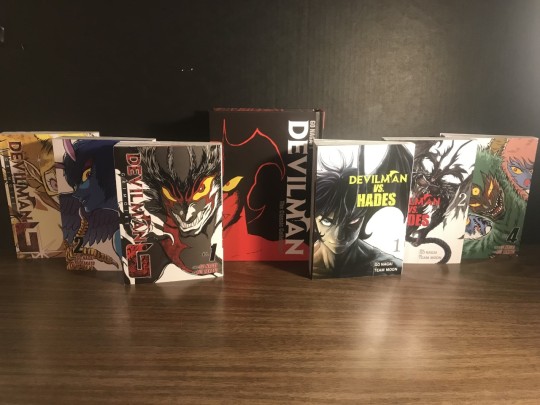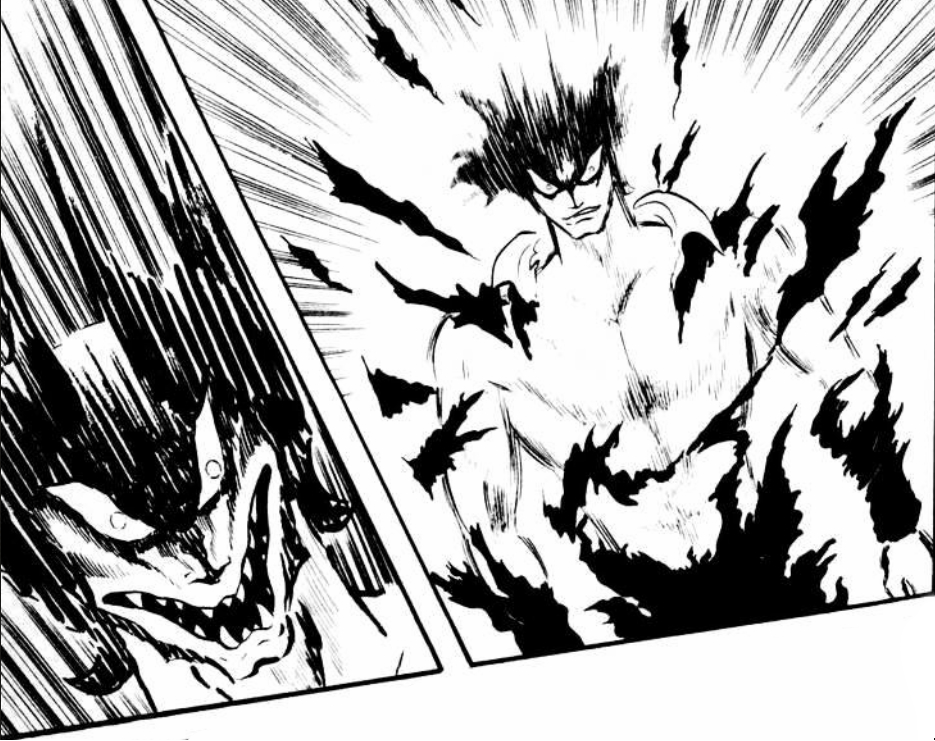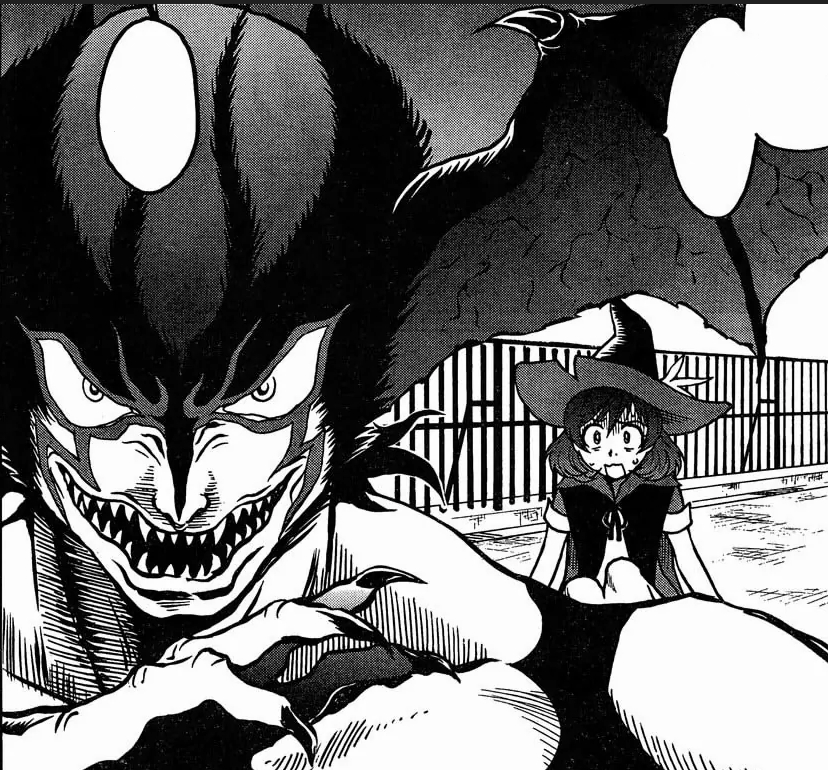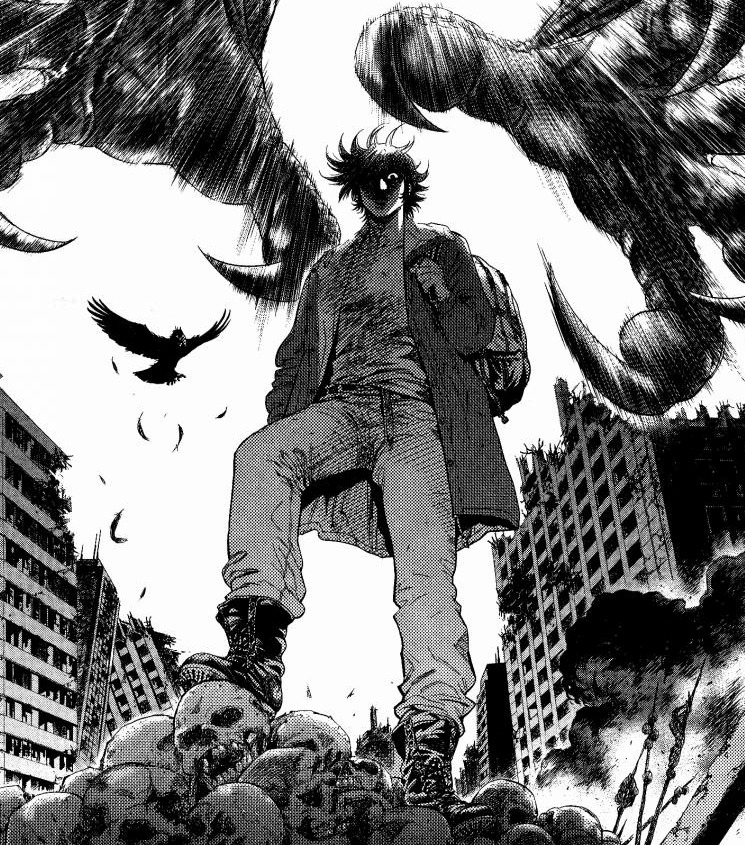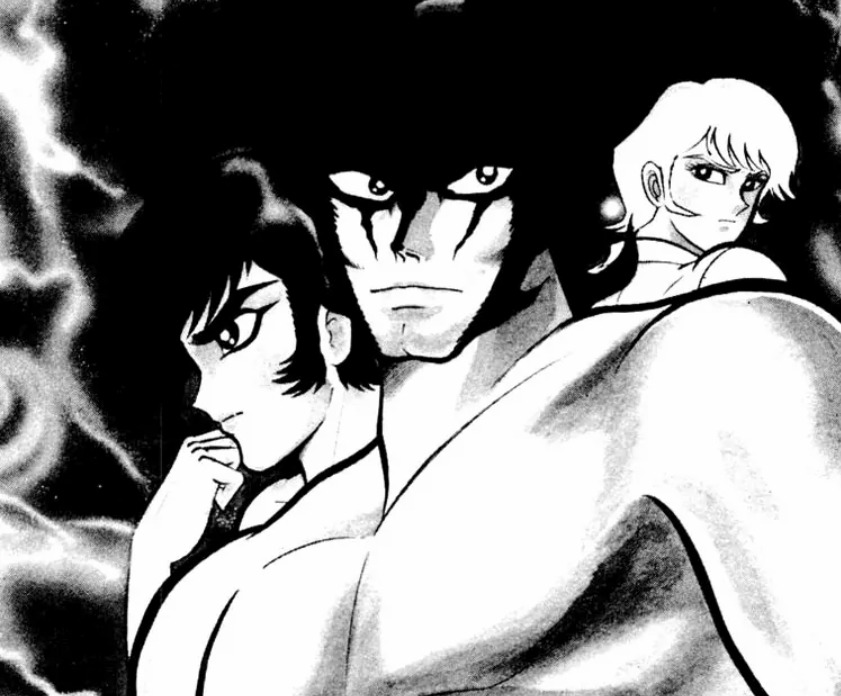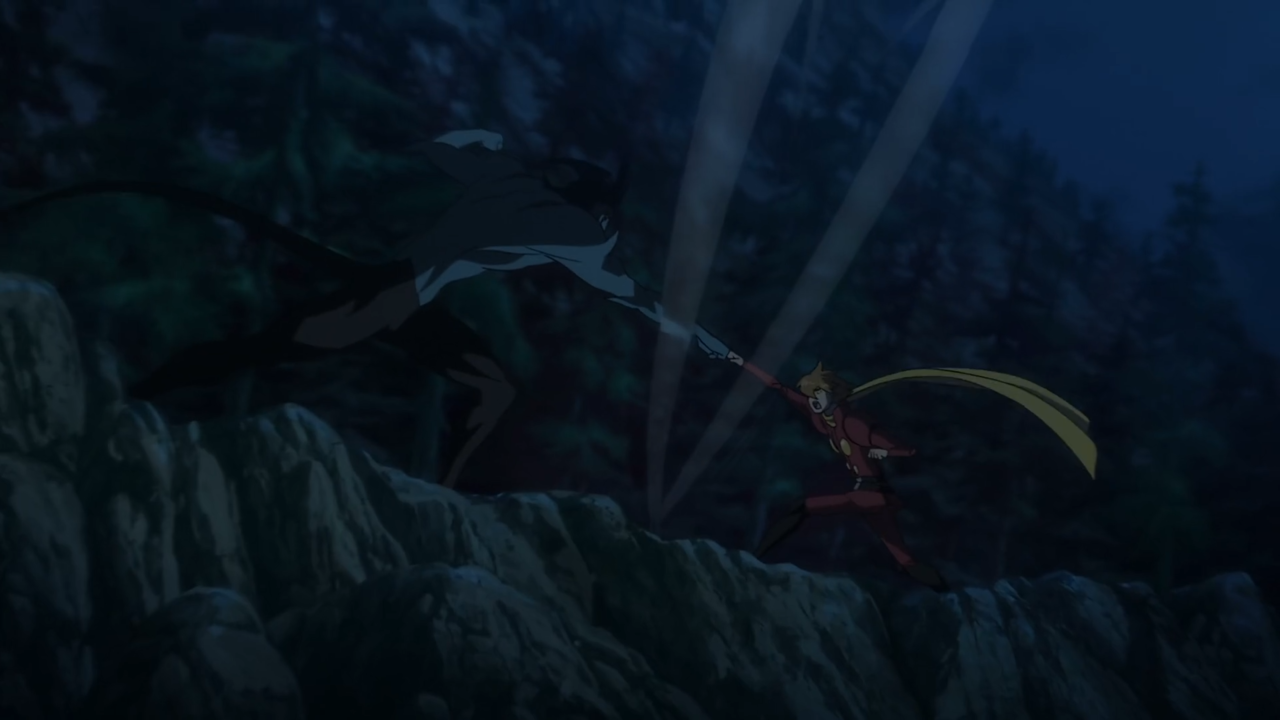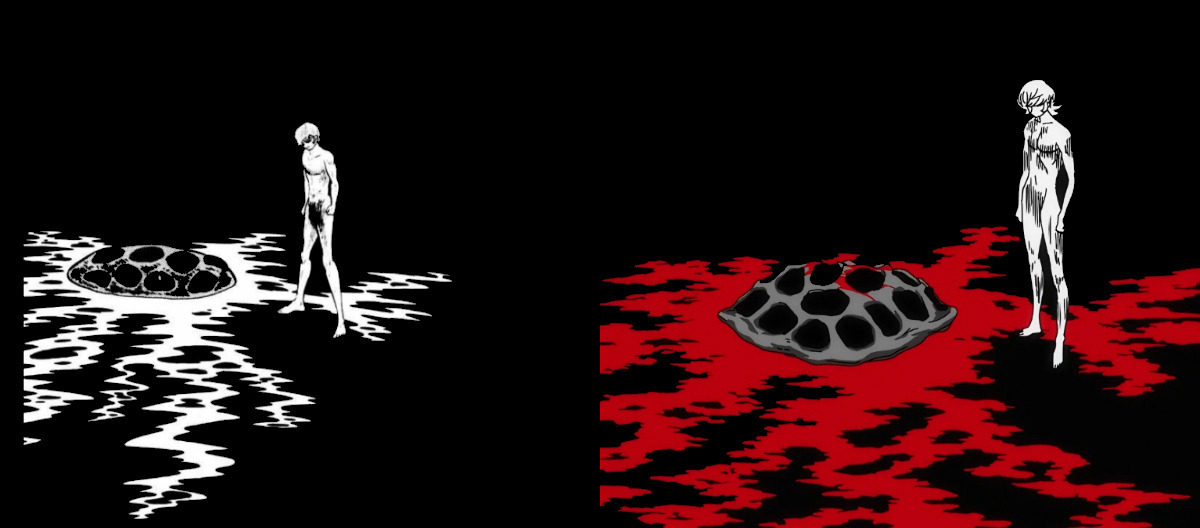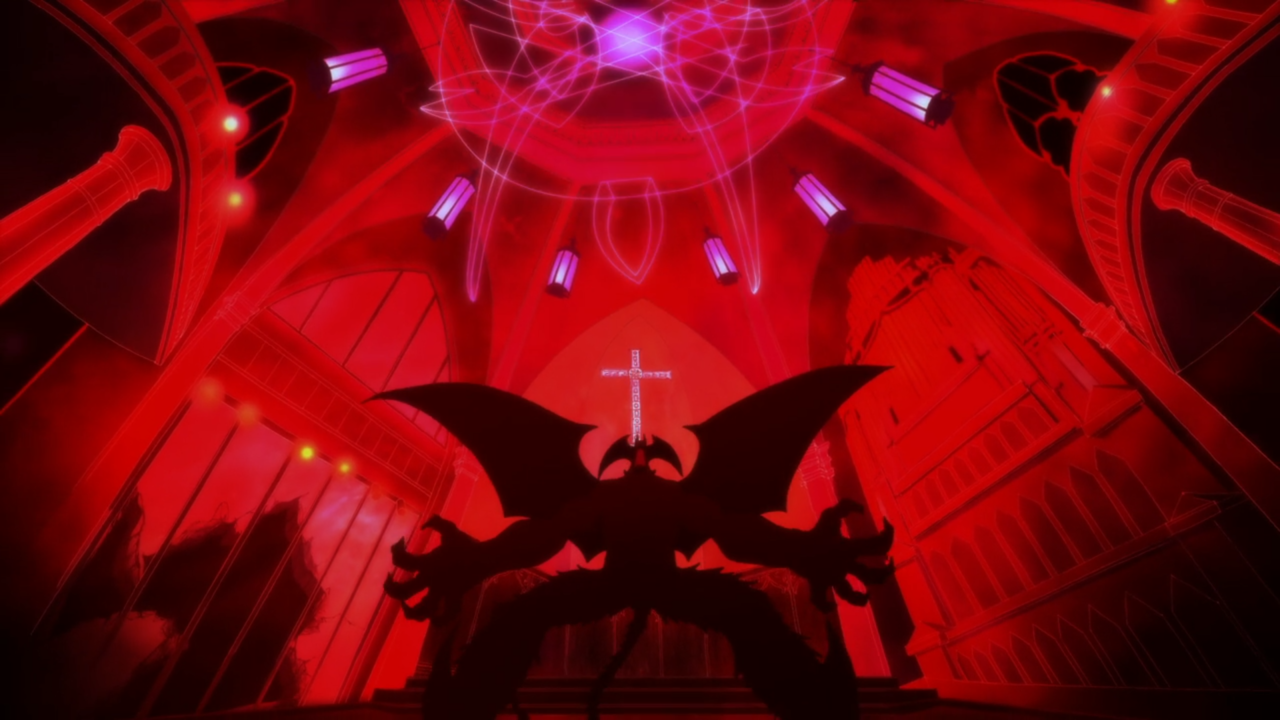For all three of you out there that live under a rock (or have somehow escaped the nonstop blasting of Christmas music on the radio) it may come as a surprise that, yes, it's that time of year again. The days are shorter, the nights are colder, and the snow is coming--as long as you live in the right hemisphere (cue those angry Australians). Considering the holiday season, I thought it would be fun to wrap up my blogging for the year with some simple Christmas and New Years related content, and since a prior year’s Christmas List went pretty well, I figured why not just take another swing at it. Instead of anime episodes though, for this year I felt I should list off some Christmas video games since I sort of exhausted all I could say about anime this year with my Zero Frights project.
In my head this blog post seemed like it would be a slam dunk. “It should be super easy to come up with a list fast” I thought to myself, but then … I actually got around to thinking of all the classic examples to use in video games and realized something ... they all suck! Yeah, it's something I never stopped to think about much before but did you ever notice that most Christmas games; are just lazy assortments of Christmas iconography, or even worse some random snow level in a Mario game or something? I mean, sorry guys, but putting a santa hat on Master Chief or adding some snow effects to the city in GTA does not make Halo or GTA a Christmas game. Where are all the games that actually have Christmas in them? Where the games at that take place during Christmas? You see, after pouring through
In order to fix this great tragedy of Christmas fail, I feel like I have to produce a list to end all lists. A list that is so good, it will blow all game developers’ minds and they will have no choice but to make some sweet Christmas game. SET ON CHRISTMAS. I will have to take some drastic measures to accomplish this sadly, so that means I will skip over a lot of beloved classics like Nights into Christmas, but it will all be worth it to spread the word that video games CAN take place on Christmas day! And the ones that do ARE good! So strap yourself in and get ready for some Die Hard-esque Christmas hijinks; here’s four games that actually take place DURING Christmas.
ROM takes place in the far off future year of 2064, specifically December 20, 2064, and the plot progresses over the course of multiple days, with the final chapter taking place on Christmas Eve, and an epilogue on Christmas day. The story centers on robots called "Relationship and Organizational Managers" or ROMs for short, that are commonplace tools used to do almost anything in the city. There are police roms, there are janitor roms, there are medical roms, and most importantly, the biggest market for roms: a replacement for the personal computer for consumers at home.
The protagonist is contacted by the robot Turing, the first truly sapient ROM who enlists your help to find its kidnapped creator, Hayden. Together the two of you uncover the dark conspiracy behind Turing’s creation, and Parallax, the mega corporation that created all the ROMs--all set during a delightful holiday season.
The 90’s was a really weird time for video games, and I totally love how experimental a lot of early 3D titles were on the N64 and Playstation. Parasite Eve is definitely among one of Square soft’s more experimental fares for the Playstation (which is saying a lot since this was the same console where Square gave us Chrono Cross and XenoGears).
This horror, action based, RPG, third person shooter, really is quite hard to put into words, but feels like, in a lot of ways, a precursor to more modern action based menu-driven interface JRPGs such as XenoBlade Chronicles. So what makes this strange, gruesome M-rated experiential game from 1997 a Christmas classic? Well easy. It starts on December 24th! Yup, this whole shindig is one long Die Hard like video game, where the protagonist Aya Brea is wrapped into the crazy battle against Mitochondria powered mutants right smack dab on Christmas Eve night in Manhattan, New York. She’ll have to kick some serious ass if she wants to make it to see the New Year. Now this is more like it!
Both Hotel Dusk and Last Window have their own plot that don’t tie together per se, but they both star everybody’s favorite wise-ass detective turned washed-up salesman of useless crap, Kyle Hyde, and guess what, they both take place during the holiday season! That’s right, these noir lite little vignette of a game were both set during the end of December, and both games feature Christmas celebrations in them, and let me tell you, Christmas with Kyle Hyde is quite something, and involves a good glass of bourbon. But in all seriousness, what makes both of these games fantastic are the wonderfully fleshed out characters, how they all communicate to each other, and how they are all related to each other in some way once you uncover everyone's back-story. Spending Christmas night with the other vagrants staying in the Hotel Dusk, and in the sequel seeing more of Hyde’s personal life on Christmas, really is some of the best reading. I still can’t not recommend these gems. These Christmas gems now!
Blue Stinger
Speaking of weird experimental 3D games, I think most people forget about the Sega Dreamcast. It's easy to just think of the N64, or Playstation, and maybe even the PC, but most people are often too busy comparing the Dreamcast to the PS2--the console that essentially killed it--which fair enough, but because people so often only think in those terms they can forget that 3D games were still not fully figured out yet, even on the Dreamcast. It's easy to find a lot of stinkers on the console now in 2018; we can all look back in hindsight at Sonic Adventure and have a cheap laugh at the horrendous controls, bad camera and hilarious Clutch Cargo-esque lip syncing quality, but when the 3D games worked on Dreamcast they really worked. This is probably why the console is still so fondly remembered to this day; it goes beyond just simple Sega nostalgia for their console making days. There were tons of strange, excremental games on the console that were trying to figure out what to do with 3D space, and it's Blue Stinger here that was one of the earliest.
Blue Stinger was one of the launch titles for the Dreamcast back in September of 1999, and it was greeted to the world with more or less subpar reviews and general indifference. Over time however, a lot of people have started to really come around on this very strange launch title and some even find it it fun to boot!
So what is Blue Stinger, I see you asking. Well, it's kind of a mess. It's like what would happen if you threw in a little bit of everything that was popular at the time in the blender with reckless abandon. We got survival horror that just became popular, arcade style beat 'em up action game play that you saw in a lot of Sega arcade cabinets of the era, and a sci-fi story that is not unlike what you would expect out of the SciFi Channel complete with aliens and dinosaurs. You can really see the developers were trying pretty much anything they could at this point and not just sticking to typical conventions. No, Blue Stinger didn't want to be in the usual horror theme settings, it wanted to be in a science fiction lab on a tropical island in the year 2018. It didn't want you to conserve your ammo or, to even feel powerless, no, it wanted to double down on the campiness of beat 'em up games with the main character, Eliot Ballade, over here punching alien monster things to death with his goddamn bear hands. Move over Resident Evil, there's a new king in town!
So what makes this a Christmas game? Well you guessed it! Blue Stinger's plot starts on none other than Christmas Eve 2018. Wait! That's tomorrow! Oh boy, I wonder what kind of day it will truly be.
I hope you all enjoyed this semi-humorous list, and have a wonderful, safe holiday season. It's been a lot of fun this year blogging again on a somewhat consistent basis, and I really hope to keep it up. See you next week for a New Years post!


